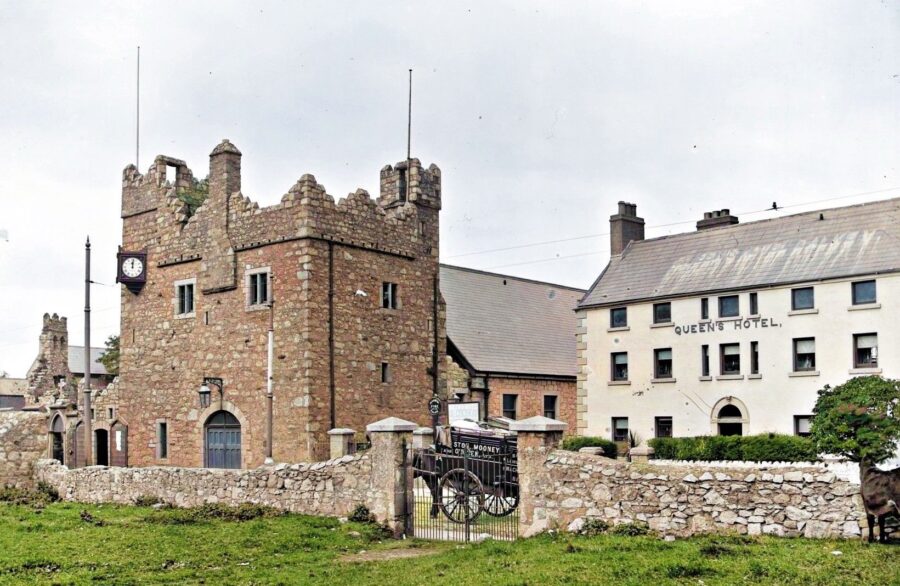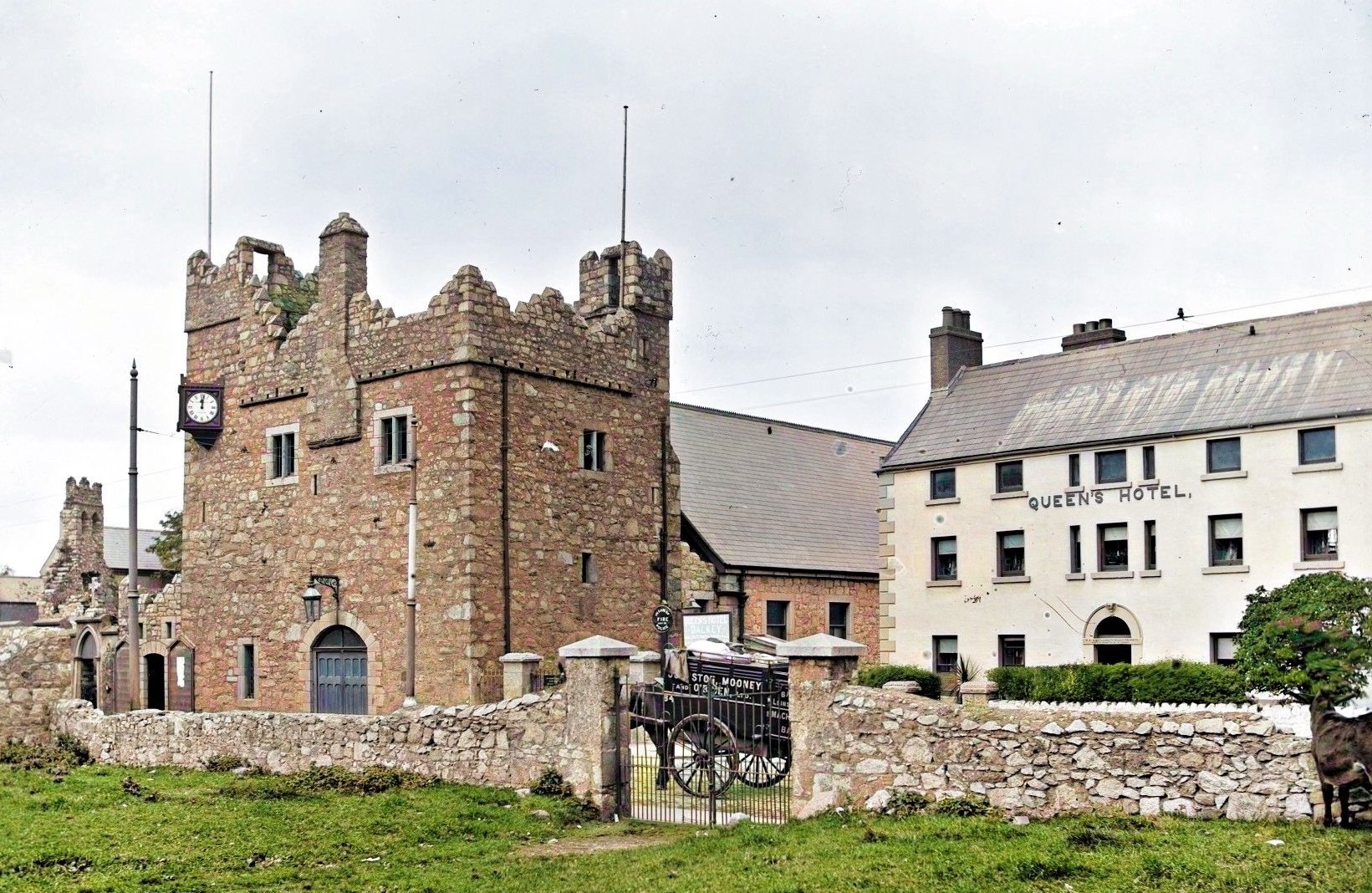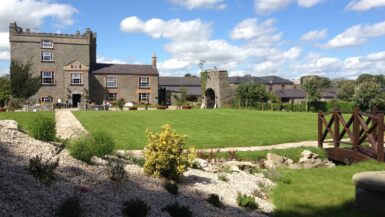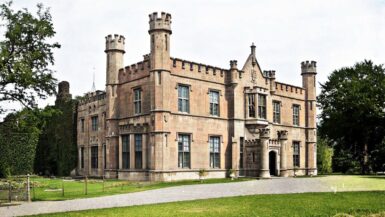Delve into the rich history of Dalkey Castle, a hidden gem nestled on the picturesque coast of Dublin, Ireland. Its storied past spans from the 14th century to present day, encompassing captivating tales of pirates, royalty, and rebellion. In this comprehensive guide, we will unravel the fascinating journey of Dalkey Castle, making it easy for you to understand and appreciate its unique legacy.
Early History of Dalkey Castle
To truly appreciate the history of Dalkey Castle, we must first travel back to the early medieval period. The castle, originally built in the 14th century, served as a fortified townhouse for the wealthy merchants of Dalkey. The town itself was a thriving hub for trade during the Middle Ages, thanks to its sheltered harbor, deep waters, and convenient location on the east coast of Ireland.
Dalkey Island, situated just off the coast, played a crucial role in the early history of the town and its castle. The island was home to an early Christian monastery and a Viking base, evidence of which can still be seen today in the form of ancient ruins and a 10th-century church. These early settlements laid the foundation for the thriving medieval town that would later emerge.
Architectural Features of Dalkey Castle
Dalkey Castle’s original design was that of a fortified townhouse, featuring a central keep and protective walls. The keep, which still stands today, is a classic example of medieval architecture, showcasing the sturdy construction and defensive features common during this period.
A notable architectural feature of Dalkey Castle is its corner towers, which provided extra protection and served as a vantage point for the guards. These towers were once topped with conical roofs, which have since been removed. Additionally, the castle was equipped with a drawbridge and a moat, emphasizing its role as a fortress.
The castle also featured a fortified church, known as St. Begnet’s. This small church, built in the 11th century, was incorporated into the castle’s defenses and played a vital role in the spiritual lives of the townspeople.
The Castle’s Role in the History of Dalkey
Dalkey Castle’s primary purpose was to protect the town and its inhabitants from potential threats, such as pirates and invaders. The castle’s strategic position overlooking the harbor allowed the garrison stationed within to effectively monitor and control access to the town and its valuable resources.
In the 15th and 16th centuries, Dalkey’s importance as a trading hub began to wane, as larger ships could no longer safely navigate the shallow waters. Consequently, the castle’s role as a defensive structure diminished. However, it continued to serve as a residence for the wealthy and powerful, who appreciated its stunning coastal views and secure location.
Dalkey Castle in the 17th Century
The 17th century saw a significant shift in the history of Dalkey Castle, as Ireland experienced turbulent times marked by rebellion and conflict. During the Cromwellian period, the castle was occupied by English forces, who used it as a base for their operations in the area. The castle’s defensible position and strategic location made it an ideal stronghold during these troubled times.
Following the Restoration of the monarchy in 1660, Dalkey Castle was returned to its rightful owners. However, the castle’s glory days were long gone, and it began to fall into disrepair. By the end of the 17th century, the castle had become little more than a ruin, a shadow of its former self.
Revival and Restoration of Dalkey Castle
The 18th and 19th centuries witnessed a renewed interest in the preservation of Ireland’s historic buildings, including Dalkey Castle. The castle’s strategic importance may have faded, but its rich history and architectural charm captured the imagination of scholars, antiquarians, and the local community. This interest led to a series of restoration efforts aimed at preserving the castle’s unique heritage.
One of the most notable restoration projects took place in the 19th century when the castle’s corner towers were partially reconstructed. Although the original conical roofs were not restored, these efforts helped to stabilize the structure and prevent further deterioration.
Dalkey Castle Today: A Living Heritage Site
In recent decades, Dalkey Castle has been transformed into a living heritage site, showcasing the history, culture, and heritage of the town and its people. The castle now houses a visitor center, which offers guided tours and interactive exhibits, allowing visitors to experience the captivating history of this remarkable site first-hand.
The visitor center also features a unique “living history” experience, where costumed actors bring the castle’s past to life, offering visitors an immersive and engaging journey through time. From tales of medieval trade to the dramatic events of the 17th century, the living history performances provide a vivid and unforgettable insight into the castle’s fascinating past.
In addition to its historical attractions, Dalkey Castle also serves as a cultural hub for the local community. The castle grounds host various events and festivals throughout the year, celebrating music, literature, and the arts. These events not only enrich the cultural life of the town but also help to raise awareness of the castle’s unique heritage and the importance of preserving it for future generations.
Exploring Dalkey Castle’s Surroundings
A visit to Dalkey Castle would be incomplete without taking the time to explore its stunning surroundings. The picturesque town of Dalkey boasts a wealth of charming streets, historic buildings, and breathtaking coastal views. Take a leisurely stroll through the town, and discover its rich history and vibrant atmosphere.
Just off the coast, Dalkey Island offers a fascinating glimpse into the area’s early history. A short boat trip will take you to this enchanting island, where you can explore the ancient ruins of the early Christian monastery and the Viking base. The island also offers spectacular views of Dublin Bay, making it a must-visit destination for any history enthusiast.







Leave a reply